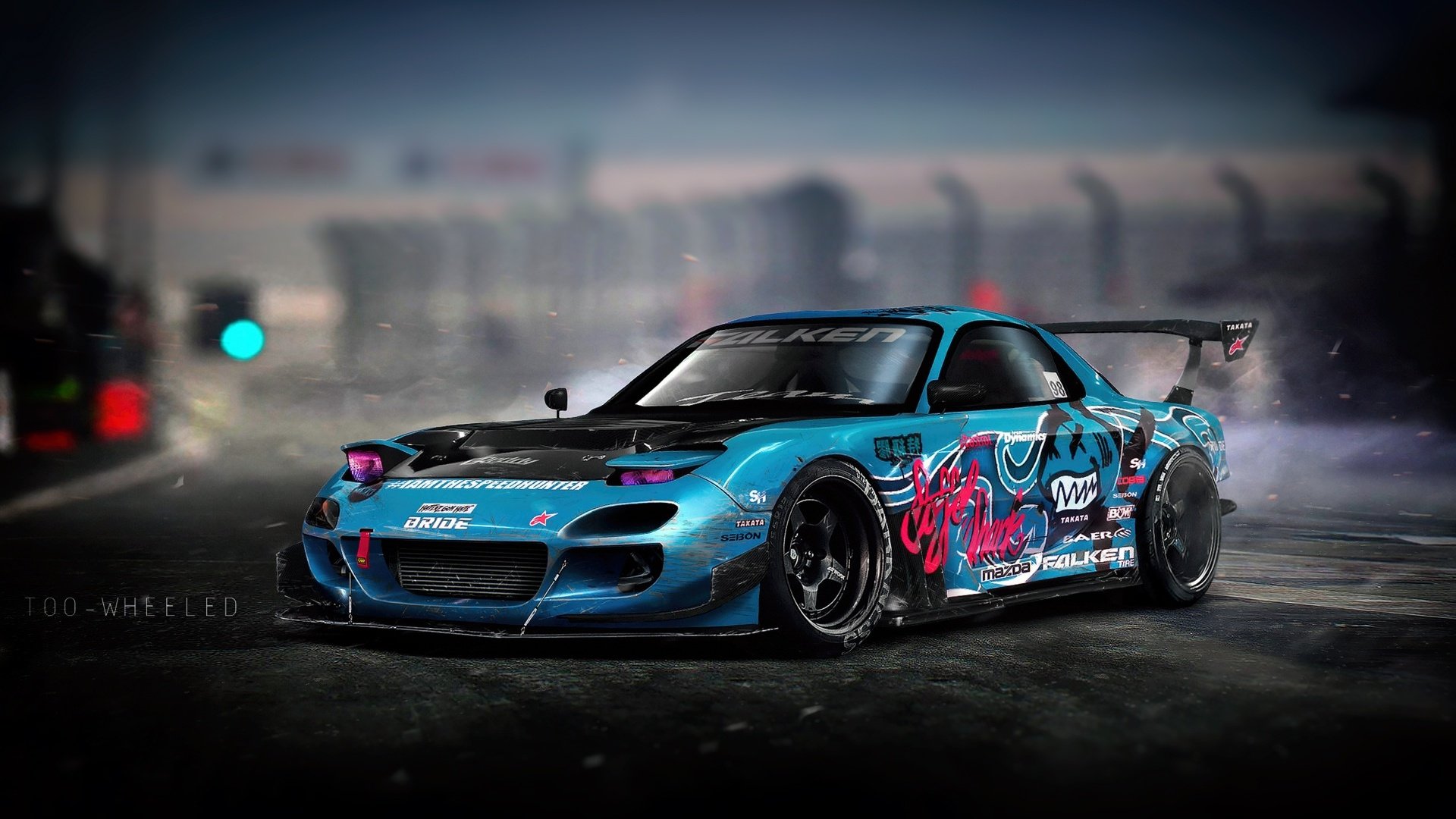

There were other big changes in store for the FC, including the production of both a convertible model and a four-seat model (with all other versions of the RX-7 restricted to two passengers. The twin-scroll turbo was the only version of the car available in Japan, with the standard 13B offered exclusively outside Mazda’s home borders. Base models came with a 13B engine good for 146 horsepower, with another 40 horses or so on tap from the Turbo II edition. Coilovers give this RX-7 is more aggressive stance, boosting both cosmetics and handling. In order to balance out the added weight, Mazda would give the FC more power across the board. Sandwiched between two sports cars designed to dance on their tiptoes, the portly FC platform was much more of a gran-tourer in the vein of the similarly hefty Toyota Supra and the Nissan 280/300ZX that would be its contemporaries for much of its run.

The second-generation RX-7 is a bit of an outlier. But with just 210 FD RX-7s officially sold in the UK between 1992 and 95 from a. With 12A engines offering a simple carbureted experience and the 13B delivering a more impressive helping of fuel-injected power, the first significant Mazda sports car is a steal among classic J-tin. Japanese market cars actually produced around 250bhp. It’s amazing how little attention the early RX-7 receives, as it’s still available for a pittance on the collector market. It has a beautiful design, is fun to drive, and packs in a crazy amount of power. One of the most popular models is the Mazda RX-7 FC.

This advertisement has not loaded yet, but your article continues below. Talking about JDM and Mazda names never comes up that is never going to happen.


 0 kommentar(er)
0 kommentar(er)
